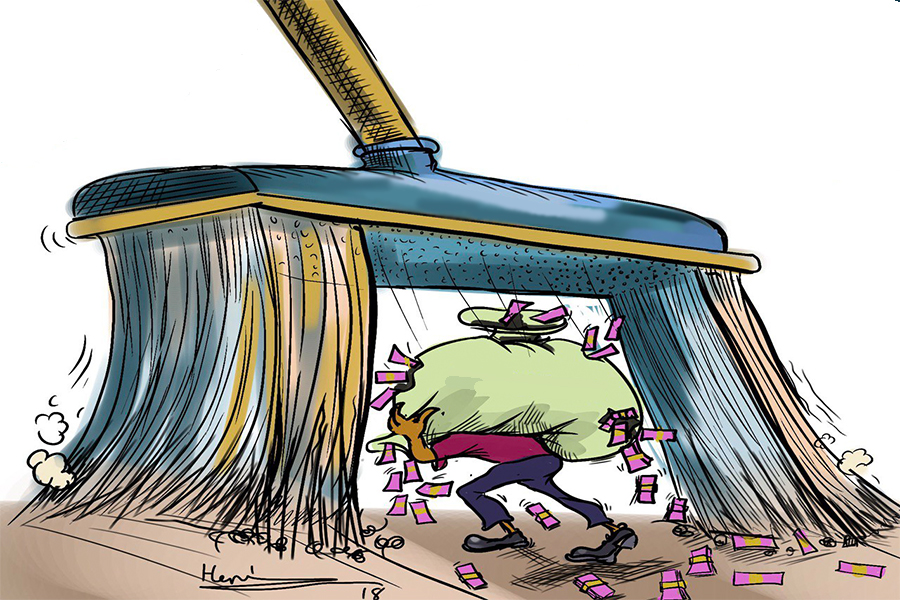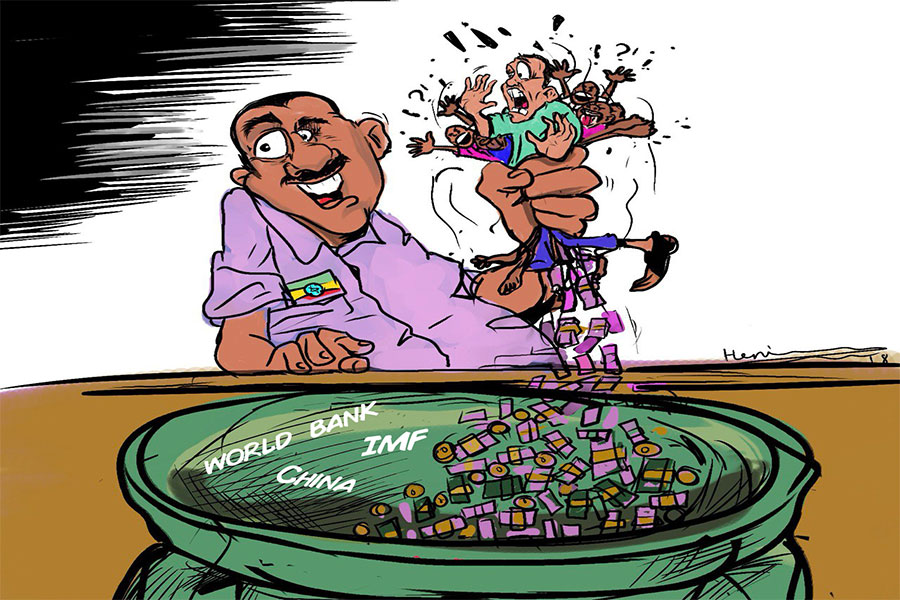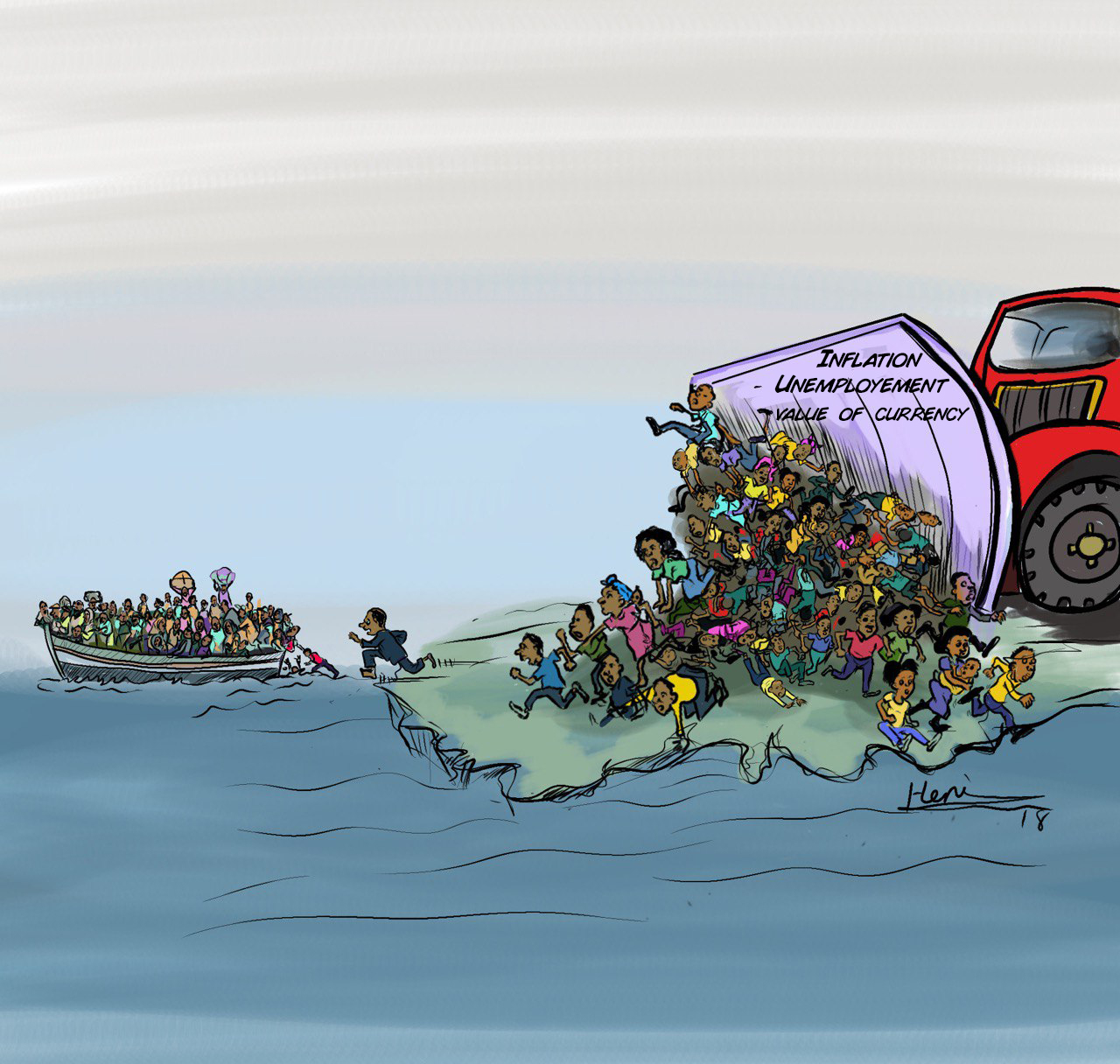
Sep 23 , 2023
By Nouriel Roubini
As we move from UN Climate Week to COP28 in Dubai later this year, we must stop the "greenwishing" and "greenwashing" and start thinking about the instruments that will enable the private sector and private investors to channel more capital toward climate resilience and sustainable development. While the public sector has an important role to play in this respect, scalable solutions require significant commitments of private-sector resources.
With climate change already wreaking havoc on poor and rich countries alike, unlocking this largely untapped pool of capital has become an urgent priority.
Yet, as matters stand, many investors associate climate-centric investments with "social impact" and reduced profitability. While sophisticated investors have the means to deploy their capital profitably toward decarbonisation, the energy transition, and other climate-related sectors, such investments tend to be illiquid. They remain tightly wound up in private-equity funds, and thus inaccessible to the ordinary investors and savers who are most exposed to climate-driven food, water, and energy insecurity.
The solution is to create climate investments that are profitable, liquid, and accessible to all.
COP28 offers an opportunity to rethink how we deliver such market solutions. We can harness digital innovation to scale up promising models. To mobilize capital at scale, we must draw on the global savings of individual investors and institutions such as pension funds, insurers, and sovereign funds. Risk diversification can be achieved through retail-friendly, liquid, easily accessible instruments such as exchange-traded funds (ETFs).
The sensible way to construct a profitable, long-term, climate-aligned, widely accessible investment strategy is to develop a diversified portfolio of assets that directly or indirectly support climate financing. A portfolio that meets these requirements should comprise three main asset types for investors with a long-term horizon.
The first is climate-resilient real estate and infrastructure – assets in weather-proof, stable geographies with low climate exposure.
Real estate and infrastructure valuations in such regions are poised to appreciate significantly on the back of population shifts from high-risk areas across the Southern Hemisphere to more resilient communities in North America, Northern Eurasia, and select geographies in the Global South.
Carefully selected Real Estate Investment Trusts (REITs) and exposure to greenfield developments through ETFs are two ways to secure reliable returns from climate-adaptation efforts. As a bonus, such investments offer broader economic and societal benefits, including productivity growth, job creation, and the provision of employment and housing for migrating populations.
The second component is green commodities.
An orderly transition to a more resilient future requires massive investments not only in energy, food, and water assets, but also in the metals and critical minerals used in renewable energy and electric vehicles (EVs). These include commodities such as soy, wheat, copper, rare-earth elements, cobalt, and lithium. To avoid "greenflation" (inflation caused by decarbonisation efforts) and supply bottlenecks, we urgently need to boost production and lower the cost of securing these commodities.
Finally, a sensible climate-aligned portfolio should include assets that hedge against inflation and geo-economic risks, such as short-term and inflation-indexed sovereign bonds and gold. Not only does the negative correlation between these assets and other climate-related investments offer extra ballast, but it also provides liquidity and low volatility to meet the needs of many individual investors, pensioners, and savers. And again, there is a bonus: greater investments in inflation-proof sovereign assets will allow governments to do more to finance the green transition.
These climate-investment investments must be made available to the average investor on liquid, low-cost terms to achieve maximum impact. While ETFs can help, not everyone has a brokerage account, or even a bank account. We tend to overlook the unbanked populations of the Global South, as well as the younger generations for whom digital assets may be more appealing. According to the World Bank, 1.4 billion adults are unbanked globally, and the share of the unbanked population exceeds 50pc in several Middle Eastern, Asian, and African countries with larger youth ("digital native") populations.
Owing to these factors, we will need to develop a digital, tokenized representation of all the aforementioned climate-investment solutions, both to achieve global scale and protect those most at risk of climate change and fiat currency debasement. But digital assets can offer a viable solution only if real-world physical and financial assets back them. Mitigating speculation risks and preserving liquidity during crises is crucial to ensure that these do not become another form of worthless crypto vaporware.
To build climate-resilient communities, encourage cross-border public-private partnerships, secure critical green supplies, and accommodate climate-driven population shifts worldwide, policymakers and asset owners urgently need to rethink how we channel capital at scale. With climate-driven costs escalating rapidly, innovation (both technological and financial) remains the most powerful tool at our disposal.
With COP28 approaching, there is no more time for temporizing and empty green-wishing.
This article is provided by Project Syndicate (PS).
PUBLISHED ON
Sep 23,2023 [ VOL
24 , NO
1221]


My Opinion | May 13,2023

Featured | Sep 08,2019

Radar | Aug 26,2023

Radar | Mar 16,2019

Agenda | Mar 16,2019

Photo Gallery | 179792 Views | May 06,2019

Photo Gallery | 169992 Views | Apr 26,2019

Photo Gallery | 160957 Views | Oct 06,2021

My Opinion | 137207 Views | Aug 14,2021

Dec 22 , 2024 . By TIZITA SHEWAFERAW
Charged with transforming colossal state-owned enterprises into modern and competitiv...

Aug 18 , 2024 . By AKSAH ITALO
Although predictable Yonas Zerihun's job in the ride-hailing service is not immune to...

Jul 28 , 2024 . By TIZITA SHEWAFERAW
Unhabitual, perhaps too many, Samuel Gebreyohannes, 38, used to occasionally enjoy a couple of beers at breakfast. However, he recently swit...

Jul 13 , 2024 . By AKSAH ITALO
Investors who rely on tractors, trucks, and field vehicles for commuting, transporting commodities, and f...

Nov 1 , 2025
The National Bank of Ethiopia (NBE) issued a statement two weeks ago that appeared to...

Oct 25 , 2025
The regulatory machinery is on overdrive. In only two years, no fewer than 35 new pro...

Oct 18 , 2025
The political establishment, notably the ruling party and its top brass, has become p...

Oct 11 , 2025
Ladislas Farago, a roving Associated Press (AP) correspondent, arrived in Ethiopia in...

Nov 2 , 2025
The National Bank of Ethiopia (NBE) has scrapped the credit-growth ceiling that had s...

Nov 2 , 2025 . By SURAFEL MULUGETA
The burgeoning data mining industry is struggling with mounting concerns following th...

Nov 2 , 2025 . By YITBAREK GETACHEW
Berhan Bank has chosen a different route in its pursuit of a new headquarters, opting for a transitional building instea...

Nov 2 , 2025 . By BEZAWIT HULUAGER
Nib International Bank S.C. has found itself at the epicentre of a severe governance...